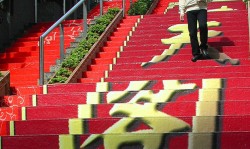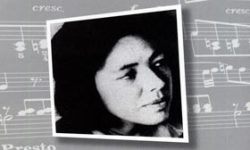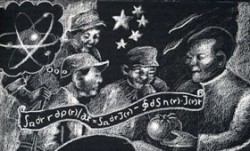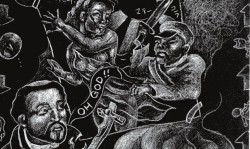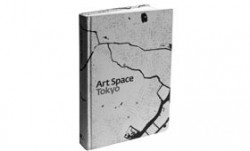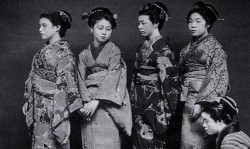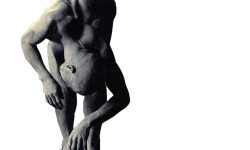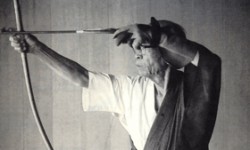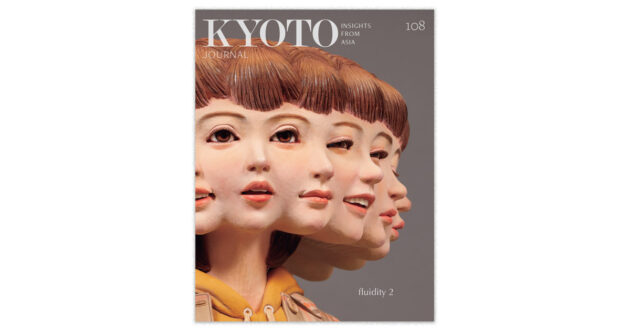Culture
Language goes Two Ways
Language goes two ways: it enables us to have a small window onto an independently existing world, but it also shapes — via its very structures and vocabularies — how we see that world.
Read MoreFujiko Hemming, Deaf Pianist
After Toako showed her how to decipher the squiggles on the scores, Fujiko was enchanted with the magic she could conjure, but she soon shriveled under her mother’s blistering criticism and the relentless repetition…
Read MoreFraming China
In the 1950s and the 1960s, the “frame” was of China as little blue ants or automatons. In the 1970s, following the Nixon administration’s opening, the frame was of the virtuous (entertaining, cute) Chinese…. In the 1980s, the frame was that China was “going capitalist.”
Read MoreCracked Mirror: Western ‘Takes’ on Japan
The Holy Terror from Baltimore had never set foot in Japan. But he understood instinctively that news from war-torn China often crossed the line into anti-Japanese propaganda…
Read More“The Myth of Tomorrow”
“Myth of Tomorrow” represents the culmination of Okamoto Tarō’s concern over the horrors of war and the fear of atomic weapons.
Read MoreThe Shape of Tokyo’s Art Scene
Art Space Tokyo charts the ever-shifting Tokyo art scene via essays and interviews with curators, collectors, artists, journalists, art fair directors, critics and bloggers.
Read MoreGoing Geisha
After returning from Japan, I was surprised to see that the States was in a lather over “geisha chic.” Chopsticks were stuck in heads fair and dark. Fashion magazines urged women to “Geisha-ize”…
Read MoreSynthetic Dreams: The Art of Mariko Mori
Mariko Mori’s themes are eclectic, embracing the fantasies of post-everything Japan and its extreme experimentation while recontextualizing traditional customs, mannerisms, and trends…
Read MoreFuruhashi Teiji and Dumb Type
“It’s more difficult to do creative theater in Tokyo. There is less pressure in Kyoto so we can be more free, more adventurous. Kyoto people are more open to something experimental…”
Read MoreShakuhachi and Zenga
ART, MUSIC
BY PRESTON HOUSER
The player of the Japanese bamboo flute seeks to display his spirit through musicianship—even if only in a single note, a single exhalation…
Read MoreKatsura Kan: Butoh Dancer
At 36, Kyoto-born butoh dancer and choreographer Katsura Kan has survived as an independent dancer, working outside the established butoh companies…
Read MoreThe Mystery of Mastery
It is not a coincidence that disciples of Zen who have achieved an intuition that is spiritual and transcendental and yet strikes decisively at the very heart of the physical world, are referred to as Masters…
Read More
